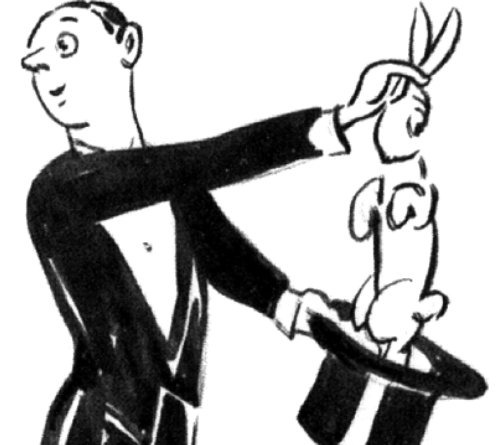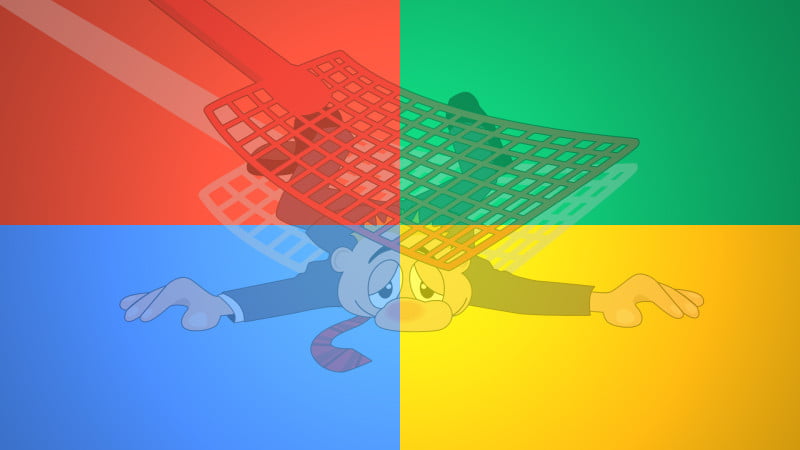Most people do not dread penguins, but if the sound of this kind of Penguin causes you get goose bumps, then you might be catching some black-hat SEO flu.
Apparently, Google has recently announced launching Real-Time Penguin, which might come for your website, but only if you have done some nasty things with it.

So, today we are going to dedicate some time to Google’s algorithm update called Google Penguin 4.0 and answer the questions such as what does it do, how to avoid it, and – if it strikes you – how to recover from it.
What is Google Penguin?
To those of you who are not quite sure what Google Penguin is, we will explain some basic concepts.
Back in 2012, Google announced an algorithm update which will affect websites’ search engine rankings by analyzing their content and backlinks pointing to them. It aimed at abolishing the so-called link schemes, misused by many a website which tried to manipulate search engine rankings and lift websites with poor content up the scale.
What is PageRank?
An important concept here is PageRank, which got its name in honor of Larry Page, one of the founding fathers of Google.
PageRank works by counting the number and quality of links to a page to determine a rough estimate of how important the website is. The underlying assumption is that more important websites are likely to receive more links from other websites.
Using this algorithm, Google orders pages on its search engine according to importance and quality. By building link networks and producing quality content, it lifts the websites up and improves their clickability.
Back to Pengurithm
However, this wonderful algorithm has been misused by many a website, so Google had to respond. Google Penguin is, in fact, one of the ways of fighting black-hat SEO. When your website is struck by Penguin, it gets a penalty. Google Penalty is
a negative impact on a website’s search rankings based on updates to Google’s search algorithms and/or manual review. (Source: Wikipedia)
It works on the principle of reducing your ranking down the search engine, moving your website down the pages drain. And we all know how much page ranking is good for your business. As a matter of fact, a research has shown that 70% of users click on the first three search results, so no wonder everyone wants to be as high as possible in the results page of Google’s search engine.

There have been seven Penguin updates so far, the last release, Penguin 3.0, running on October 17, 2014, impacting approximately 1% of queries. A year has passed and in the past couple of months Google has announced a new era of the Penguin. The last mention was on October 28, 2015, when Gary Illyes answered positively to the question of whether it will starting in 2015 or not.
@Andrew_Isidoro yes
— Gary Illyes (@methode) October 28, 2015
What does it do?
What you are probably interested in is: What is Google cooking in this 4.0 update?
At a recently held SMX Advanced conference, Gary Illyes revealed that they are preparing it to be real time, i.e. that it should work continuously. This would mean raising standards and allowing websites recover faster from its impact AND sinking even lower in real time if their links prove to be bad.
This change would bring faster response rate, as opposed to current manual refreshment which shows ranking changes for sites impacted by Penguin.
So, if you notice in near future that your PageRank has decreased or went down to zero (like in the case of BMW for using doorway pages to boost search rankings in 2006), you will probably have been hit by the latest algorithm update.
How to avoid it?
Now, if we can count right, it is November, so we have got only 53 days left until the end of the year. What you can do until then is to make a fool-proof plan.
First of all, assess your status. See where you are by using SEO tools such as SEOSpyGlass if you are not sure what your webmasters have been doing. You can also use the help of your friends: Google Analytics, Alexa, Quantcast, etc. which can gather traffic data for you.
Secondly, keep track of all your links, including comments and follow links. Nofollow links cannot hurt you, so you can use them as much as you can. Monitor all content that is being posted on your website and do not mess with bought links. There is too much risk in getting caught.
The best strategy would be to always abide by Google’s Webmaster Guidelines. If you suspect your webmaster doing some nasty things (and you see this in a lower PageRank in the following months), you can give us a call and ask for SEO consulting.
Final thoughts
To sum up, the forthcoming Google Penguin update announced for the end of the year will be much faster, continuous and it will work in real time. No official date is still announced, but before it comes (and IF it comes), it would be best to be prepared and clean your links up if you want to keep your position. And who knows, maybe your position ends up being higher than you expected due to your competition’s negative SEO.
Thus, embrace thy Penguin; love thy Penguin.
Further reading:





